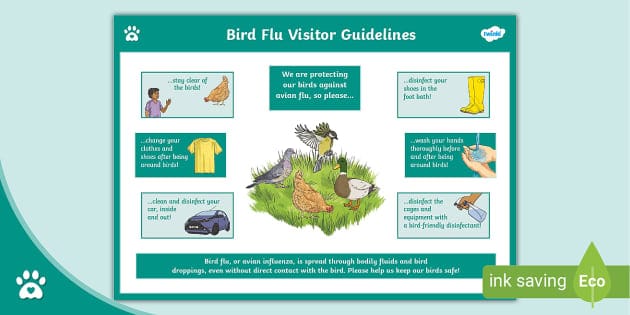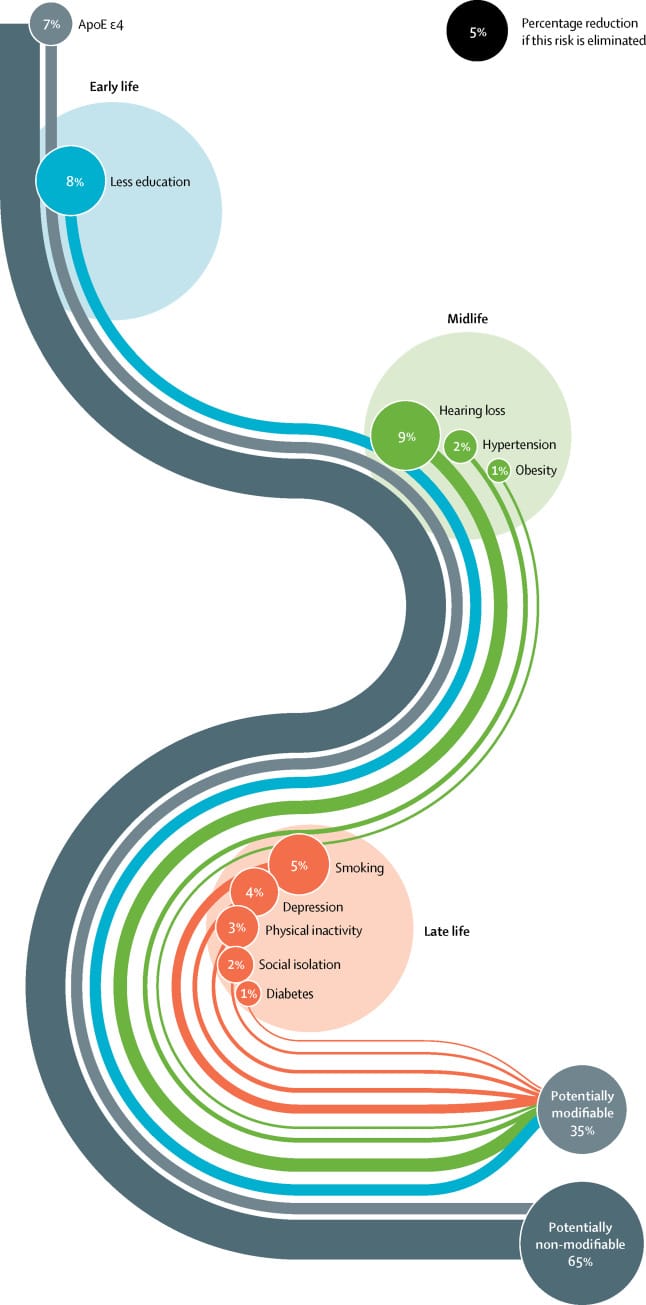Cardiovascular disease (CVD), encompassing conditions such as heart disease and stroke, is a leading cause of mortality worldwide. Data indicates that CVD claims more lives annually than all forms of cancer and accidents combined. This global health challenge necessitates increased public awareness, research, and preventative measures.
Tag: Prevention
Global Mortality Rates and the Prevalence of Cardiovascular Disease
Cardiovascular disease (CVD) remains the leading cause of death worldwide, surpassing the combined mortality rates of all cancers and accidents. This broad category encompasses conditions affecting the heart and blood vessels, including coronary artery disease, stroke, and heart failure. Factors contributing to CVD are multifaceted, involving both genetic predispositions and lifestyle choices such as diet, physical activity, and tobacco use. Public health initiatives are focusing on prevention and early detection to combat this global health challenge.
Kansas Health Officials Tackle Record-Breaking Tuberculosis Outbreak
Kansas health officials are combatting their most significant tuberculosis (TB) outbreak in recent history, with cases reaching record levels in the state. Efforts to identify and isolate infected individuals, while conducting public outreach and improving testing procedures, are in full swing to curb the spread of this highly contagious bacterial infection.
Cardiovascular Disease Continues as Primary Mortality Factor in United States
A recent report indicates that heart disease remains the leading cause of death in the United States. This finding underscores the persistent challenge posed by cardiovascular ailments to public health, emphasizing the need for continued research, preventative measures, and improved treatment strategies. The data highlights the significant impact of heart disease on mortality rates, demanding comprehensive and ongoing attention from healthcare professionals and policymakers alike.
Understanding Bird Flu: Symptoms, Transmission, and Prevention
Bird flu, also known as avian influenza, is a viral infection primarily affecting birds but can occasionally spread to humans. This article covers the essential aspects of bird flu, including symptoms, transmission, and prevention methods.
Health Experts Emphasize Urgent Need for Bird Flu Containment in the US
Experts stress the importance of taking immediate action against the potential risks posed by bird flu in the United States, urging governments and communities to implement necessary containment measures.
Local Cat Infected with Bird Flu Euthanized in Washington County
A domestic cat in Washington County has been confirmed to have contracted the H5N1 strain of bird flu, leading to its eventual euthanization. Local authorities are urging pet owners to take precautions to prevent their animals from being exposed to the virus.
Rising Young Cancer Rates: Simple Lifestyle Changes to Reduce Risk
An increasing number of young individuals are being diagnosed with cancer. The good news is that lifestyle adjustments can help reduce their risk.
Groundbreaking Research Identifies 15 Dementia Risk Factors for Early Onset
A significant new study has identified 15 factors linked to an increased risk of early onset dementia. The research, conducted jointly by top research institutions, provides valuable insight into the potential causes of dementia, which may lead to the development of prevention strategies.
Exploring the Surging Norovirus Outbreak in New York: A Comprehensive Guide
Get informed about the growing norovirus outbreak in New York City. This comprehensive guide talks about the virus, its symptoms, prevention, and how to manage the situation during this unfolding crisis.Category: HealthTags: Norovirus, New York, Outbreak, Healthcare, PreventionSticky: TrueImage: Norovirus outbreak








